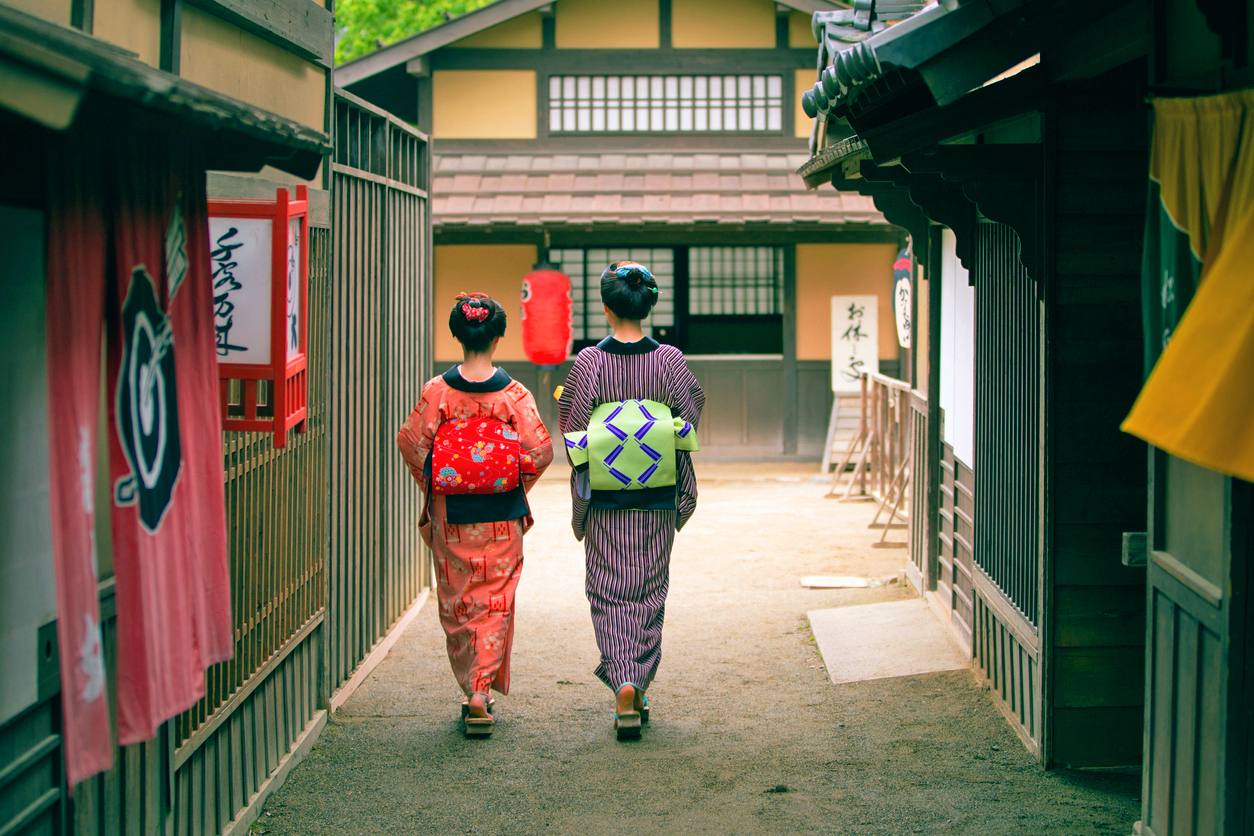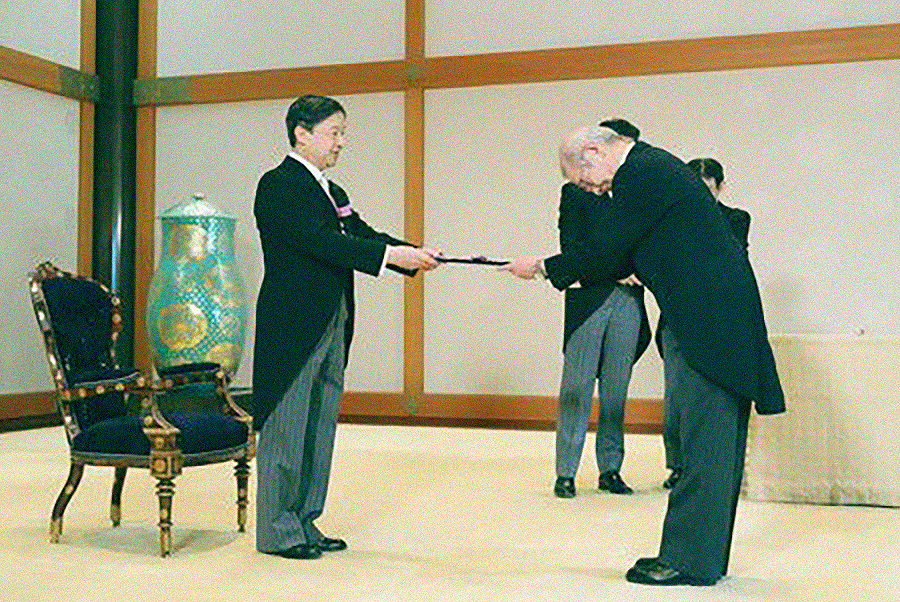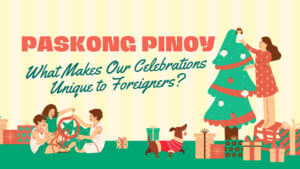Japan celebrates Culture Day, also known as “Bunka No Hi,” every third of November. The focus of this holiday is to promote culture, arts, and education. It also allows the public to delve more into Japanese history, culture, and traditions.
Photo: National Today
How Did It Start?

Photo: Savvy Tokyo
Culture Day started in 1948 but adopted the celebration in 1946, after the Second World War. During the 1800s, they considered November 3 a holiday until 1912, as it was the birthday of Emperor Meiji, who ruled Japan from 1867 to 1912. It became a national holiday known as Meiji-setsu to honor the late emperor. It changed afterward to Culture Day.
What Happens During Culture Day?
One of the most significant events during Culture Day is the Order of Culture award. They give the award to those who made remarkable achievements in developing Japanese culture, i.e., Syukuro Manabe – Nobel Prize-winning climatologist, Tōjūrō Sakata – Kabuki Actor, Ken Takakura – a noted Japanese actor, etc. There have been 400 people who have received the prestigious award, including foreign nationals.
Photo: Nippon
Apart from giving the prestigious award, many Japanese visit local art exhibitions and museums to promote history, arts, and science. Most museums and galleries offer free entry during the festival to encourage visitors. Students exhibit their crafts and works during Culture Day in schools and universities.
Culture Day lasts a week, during which a few festivities and parades occur. The local government organizes various parades all over the country that can showcase Japanese traditions. A few festivities celebrated during this holiday are the Meiji Shrine Autumn Festival, Hakone Daimyō Gyōretsu, and ACA National Arts Festival.

Photo: Coto Academy
Meiji Shrine Autumn Festival
The Meiji Shrine Autumn Festival celebrates the birthday of the former Emperor Meiji at Meiji Jingu Shrine. They perform different Japanese acts and martial arts for the public. Some examples are Bugaku dance, Kyogen comedy, Noh theater, and Aikido. Visitors look forward to Yabusame horseback archery and Sumo.

Photo: JobsinJapan
Hakone Daimyō Gyōretsu
Hakone Daimyo Gyoretsu, or the Procession of the Feudal Lord, is one of the famous events during Culture Day. It is the re-enactment of the processions of the feudal lords while en route to Edo (Tokyo) during the reign of the Tokugawa family. It presents 200 locals wearing historical attire: samurai warriors, court attendants, geishas, and Japanese princesses. The parade also has marching bands and traditional Japanese dancers or geigi.

Photo: Japan Up Close
These are only a few activities and celebrations held during Culture Day. The number of activities makes you want to travel to Japan on November 3 to experience their culture and how to showcase it to the public. Their culture is rich, and they have passed traditions down through generations with little to no change. Something that we Filipinos need to remember. History and culture came not from gossip and hearsay.
Let us remember Dr. Jose Rizal’s famous line, “He who does not know how to look back at where he came from will never get to his destination.”
Let us hear your thoughts. Will you ever try to visit Japan on Culture Day? Or Is it something quite interesting to see if the Philippines had its version of Culture Day?






